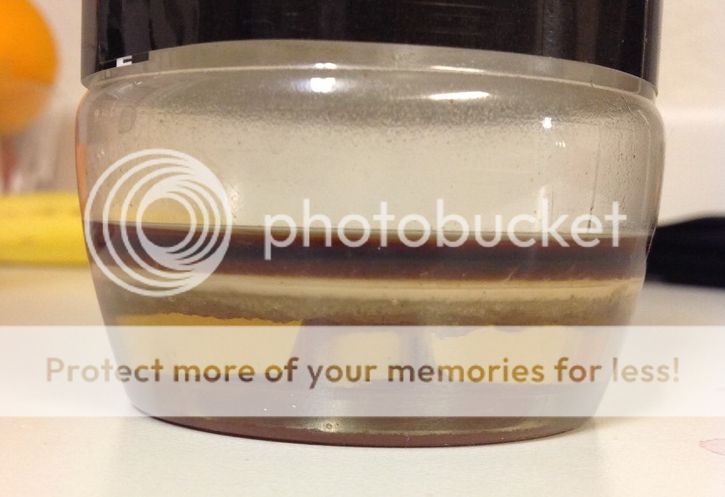Hi everyone.
I'm a current Mazda 5 owner and am hoping to upgrade to a SUV at some point in the future. I have been researching the pros and cons of direct injection (DI) system (the new SkyActive engines are all direct injection) and am discovering, to my horror, that in DI engines from Audi to BMW, and to even Ford, the intake valves are getting huge amounts of carbon deposits that needs to be physically removed every 40-100,000km at quite an expense to the owner!!!!! That is fine if you only keep your vehicle a short amount of time, but I keep mine for quite a while (my '08 5 currently has 429,000km with absolutely no engine problems yet, knock on wood!!!) and I am not interested in having the intake manifold removed every 40k to get the intake valves cleaned. It appears to be a DI problem. With no fuel spray on the backs of the intake valves to clean off any PCV vapors or oil leaking down the valve stem, deposits will form, no matter what you do. I've read that installing a a PVC canister to collect vapors (which will likely void the warranty) only slows down, but does not eliminate, the inevitable carbon build-up on the backs of the intake valves.
I'm sure Mazda is aware of this DI problem. My question is, does anyone here know what has Mazda done to eliminate this problem? I'm not interested in purchasing a vehicle with a DI engine knowing this is a problem.
I'm a current Mazda 5 owner and am hoping to upgrade to a SUV at some point in the future. I have been researching the pros and cons of direct injection (DI) system (the new SkyActive engines are all direct injection) and am discovering, to my horror, that in DI engines from Audi to BMW, and to even Ford, the intake valves are getting huge amounts of carbon deposits that needs to be physically removed every 40-100,000km at quite an expense to the owner!!!!! That is fine if you only keep your vehicle a short amount of time, but I keep mine for quite a while (my '08 5 currently has 429,000km with absolutely no engine problems yet, knock on wood!!!) and I am not interested in having the intake manifold removed every 40k to get the intake valves cleaned. It appears to be a DI problem. With no fuel spray on the backs of the intake valves to clean off any PCV vapors or oil leaking down the valve stem, deposits will form, no matter what you do. I've read that installing a a PVC canister to collect vapors (which will likely void the warranty) only slows down, but does not eliminate, the inevitable carbon build-up on the backs of the intake valves.
I'm sure Mazda is aware of this DI problem. My question is, does anyone here know what has Mazda done to eliminate this problem? I'm not interested in purchasing a vehicle with a DI engine knowing this is a problem.

